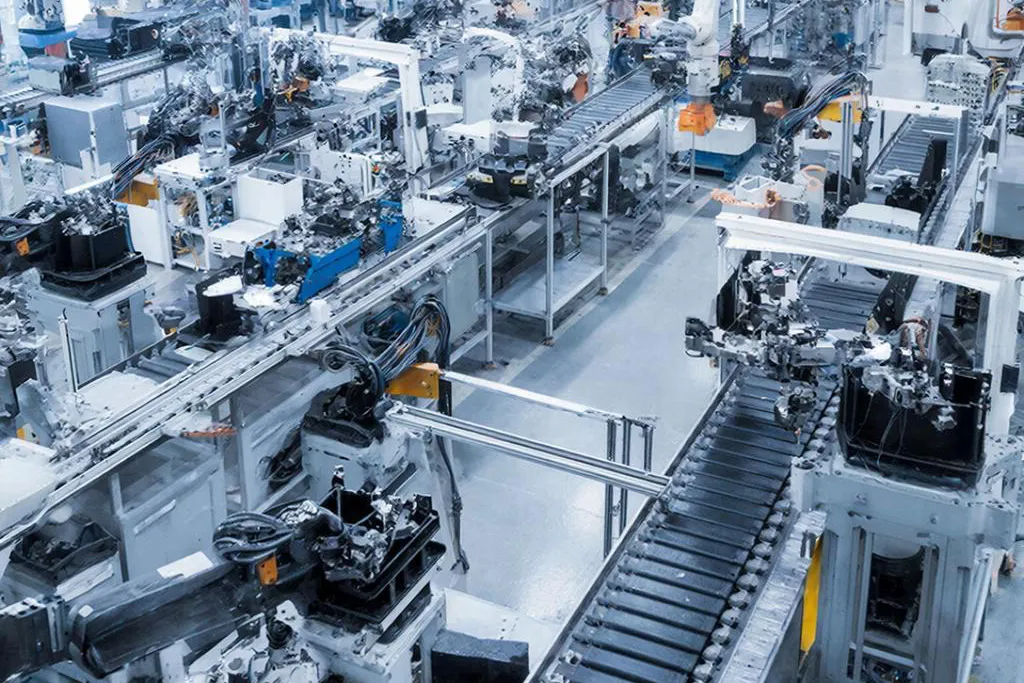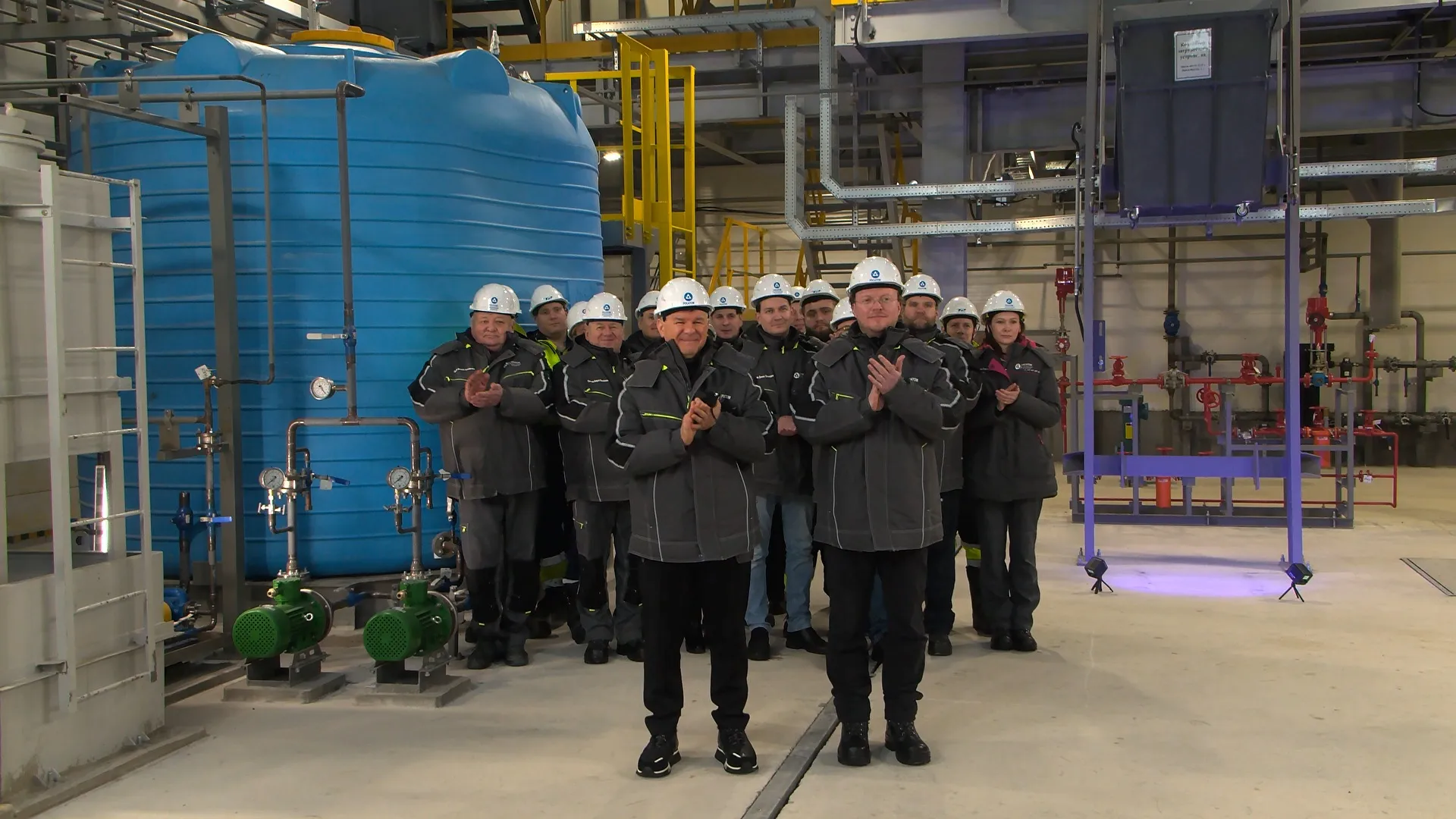Russian Scientists Build 'Transparent' AI Based on Cellular Automata

A team of Russian researchers has developed a logic-based AI architecture that makes decision-making fully interpretable, aiming to improve safety and regulatory compliance.
Russian researchers have made a breakthrough in artificial intelligence by designing an algorithm that renders AI decision-making fully understandable to humans. Unlike modern neural networks, which operate as 'black boxes,' the new system is based on logical cellular automata—mathematical models in which each cell changes its state according to transparent rules.
The system was developed by scientists from the Institute of Theoretical and Experimental Biophysics and the Institute of Cell Biophysics of the Russian Academy of Sciences. According to Lev Kalmykov, a researcher at the Institute of Theoretical and Experimental Biophysics, traditional AI—including generative models—remains opaque, even to its creators. This lack of explainability creates challenges in high-stakes applications, where understanding AI decisions is critical.
By contrast, the cellular automata architecture allows each computational step to be traced. The system is already being used to test environmental hypotheses, such as simulating biodiversity and modeling species interactions.
Experts say this innovation could pave the way for hybrid AI models that combine transparency with the power of conventional algorithms. In the long term, it may serve as the foundation for the next generation of AI systems that are not only efficient and accurate but also inherently predictable and compliant with future regulatory standards.









































